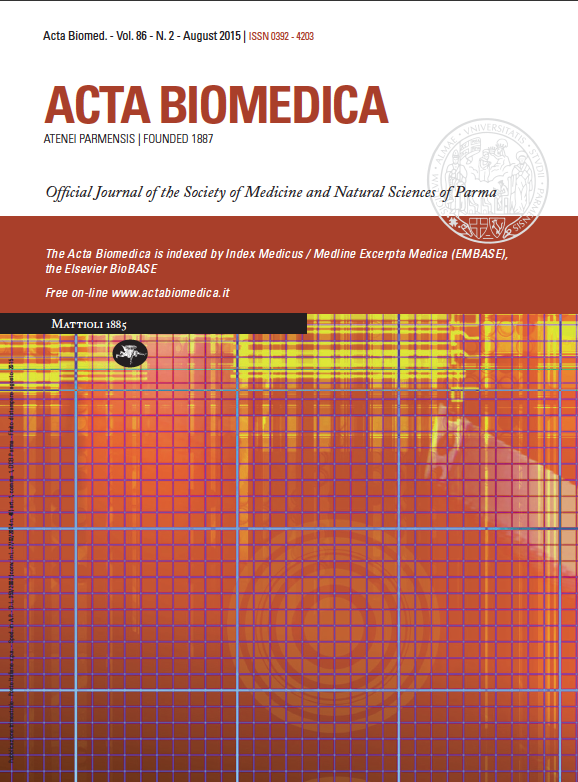Prevalence, main determinants, and early outcome of patients with atrial fibrillation hospitalized with ischemic stroke: evaluation of the value of risk assessment scores for predicting risk of stroke or major bleeding following anticoagulation therapy
Keywords:
atrial fibrillation, stroke, CHA2DS2-VASc, HAS-BLED, mortalityAbstract
Background: Despite controllable nature of atrial fibrillation in most patients, it increases the risk of atrial thrombosis leading to ischemic stroke. The researchers assessed the underlying risk factors for brain stroke and also major bleeding in patients with ischemic stroke and atrial fibrillation. Methods: Among 900 patients hospitalized with the diagnosis of ischemic brain stroke between 2013 and 2014, 100 patients had atrial fibrillation that included into this cross-sectional study. The risk of stroke and major bleeding was assessed using CHA2DS2-VASc and HAS-BLED risk scores, respectively; but new stroke was not considered. Results: Of 900 patients with evidences of ischemic stroke, 100 had atrial fibrillation with an overall prevalence of 11.1%. Mean CHA2DS2-VASc score was 4.35 ± 1.76 that the total score was ≥ 2 points in 93% of subjects showing necessity to anticoagulation therapy in 93% of the patients before recent stroke. Mean HAS-BLED score was 2.83 ± 1.30 that was ≥ 3 in 61% indicating risk of bleeding in 61% of all patients. 31% of the patients had previous history of atrial fibrillation, but only less than half of them (51%) were under treatment with warfarin, and also the measured INR was lower than the therapeutic range in 95.5% of individuals on warfarin therapy. In-hospital mortality was reported in 9% of all study subjects. The main determinants of early mortality included history of stroke, renal failure, presence of coronary artery disease, acetylsalicylic acid use, and Clopidogrel use. The analysis using the ROC curve showed that both CHA2DS2-VASc score (AUC = 0.788) and HAS-BLED score (AUC = 0.960) could strongly predict in-hospital mortality. Conclusion: The patients with atrial fibrillation hospitalized with ischemic stroke showed an important absolute risk of further stroke and early mortality. Despite substantiated advantages of warfarin prophylaxis, its limited application is still very common.Downloads
Published
Issue
Section
License
This is an Open Access article distributed under the terms of the Creative Commons Attribution License (https://creativecommons.org/licenses/by-nc/4.0) which permits unrestricted use, distribution, and reproduction in any medium, provided the original work is properly cited.
Transfer of Copyright and Permission to Reproduce Parts of Published Papers.
Authors retain the copyright for their published work. No formal permission will be required to reproduce parts (tables or illustrations) of published papers, provided the source is quoted appropriately and reproduction has no commercial intent. Reproductions with commercial intent will require written permission and payment of royalties.



